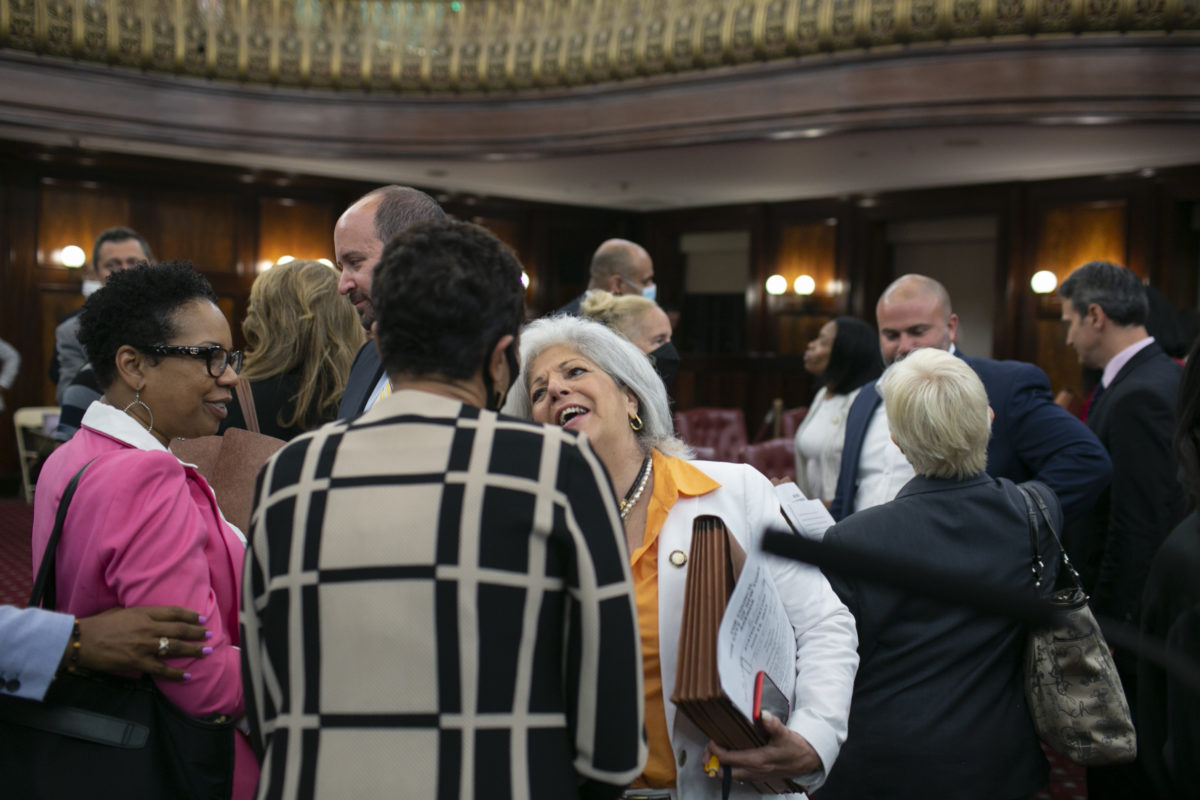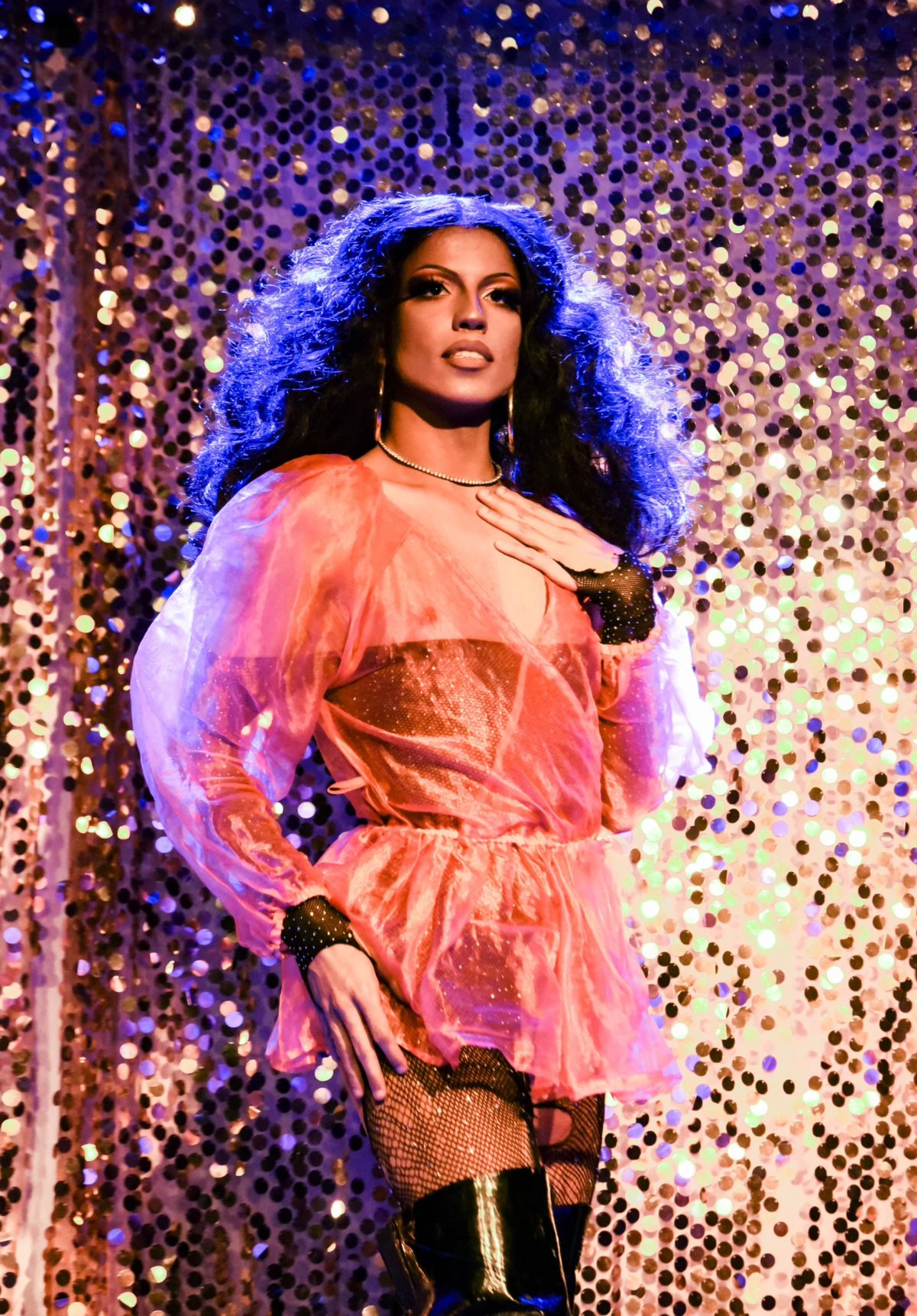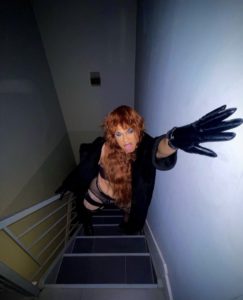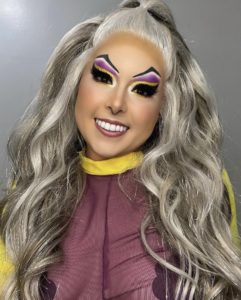Drag Queens in public schools prompts Council infighting
Queens Councilwoman Vickie Paladino continues to draw criticism from local elected officials over a series of opinionated tweets directed against the “Drag Queen Story Hour” program. The new program, which according to a story published by The New York Post reportedly cost taxpayers more than $200,000 to fund, invites cross-dressing performers to read to local school children in New York City.
In her comments online, the Councilwoman refers to the program as an act of “child grooming” and “sexualization” in the schools. Paladino would later clarify her statement by claiming that it is part of the “political, social, and cultural indoctrination of impressionable young children, often without parental consent,” calling it both “unacceptable and inappropriate.”
In response, several members of the city council fired back calling her commentary “homophobic” and “hateful.”
In a recent interview with Pix11 News, City Councilman Erik Bottcher said that her comparison was completely off base. “A groomer is a child molester,” Bottcher explains. “To compare my community to child molesters is totally unacceptable.”
Paladino, however, argued that her commentary was intended to shed light on the spending priorities of the city administration, however, due to how it was presented online, was viewed by colleagues as a personal attack.
As a result, Paladino found herself in hot water, while several Democratic city officials fired back with statements of their own, condemning her over “bigoted comments” regarding the program—-which is intended to promote the acceptance of queer youth in schools—-and calling for her to be formally censored and stripped of her committee assignments.
“This type of hatred shouldn’t be tolerated from anyone, especially another elected official,” Councilwoman Lynn Schulman tweeted in response. “As a proud lesbian member of the New York City Council from Queens and a funder of Drag Queens Story Hour I am saddened and angry that a colleague would be threatened by the teaching of tolerance in our schools.”
Openly gay City Councilman Chi Ossé also fired back on Twitter, stating that as chairman of the Committee on Cultural affairs he condemns the bigoted remarks made in regards to the nonprofit program which teaches acceptance to the City’s youth.
“NYC is a safe haven where our queer community is welcomed and loved,” Ossé said in his response.
Co-chairs of the LGBTQIA+ Caucus Councilwoman Crystal Hudson and Councilwoman Tiffany Cabán also admonished the statements made by Paladino, reiterating that the program is a “wonderful, wholesome, and vital program” that invites children to see themselves as unique individuals with the right to be whoever they want. “It shows queer youth and their peers alike that each of our existence is valid — that we all belong.”
In response to the outpour of complaints against her, Paladino issued a statement on Friday, reaffirming that her stance was strictly in opposition to the use of taxpayer dollars and that her statements were not intended as a personal attack or accusation against anyone.
“At a time when there has been a dramatic increase in the crime rate in New York City and a large number of New Yorkers are struggling to make ends meet by living paycheck to paycheck, I would like to make one thing very clear: I am NOT apologizing or retracting my statement against using taxpayer dollars to fund Drag Queen Story Hour in our public schools,” Paladino said in an official statement.
Paladino maintained that her stance was made on behalf of her constituents in Queens, several of whom she said are concerned over the propagation of gender confusion and adult entertainment in public schools.
Paladino added that she was appalled by the reaction of her colleagues considering the vast number of issues currently facing our city, including homelessness, housing, mental health, public safety, and food shortages.
“Let me be clear – I fully support adults making their own free decision about who they are and how to express themselves… but I do NOT condone exposing little children to inappropriate narratives that encourage gender radicalism,” Paladino said in her statement.
While this is a new program for public schools, Drag Queen Story Hour has been featured at public libraries since 2017.
Councilwoman Julie Won recently attended one of the many Drag Story Hour events at the Queens Public Library in Woodside as a show of support to the LGBTQ+ community.
“This is a wonderful program that teaches children about inclusion and the history of the LGBTQ community,” Won said in her tweet. “As long as I am in council, I will continue to support programs like DSH to build communities that are inclusive and loving to all forms of self expression.”
Paladino still feels there is still much to be discussed. In her statement, she concludes by extending the opportunity for open dialogue with any of her fellow Council members who wish to take her up on the offer.







